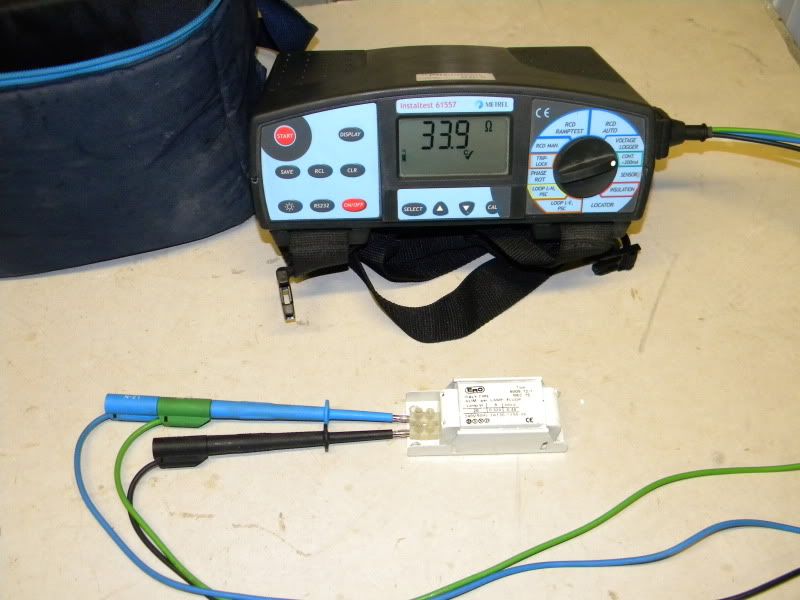Wow this is really taking off guys! I had not expected such a huge response & was ready to concede (especially since this isn't my cooker hood to start with). But now it has become too interesting to let go & I would like to get to the heart of the matter...How to test a ballast choke!
I understand a ballast in basically a simple inductor & it's purpose is (at least initially) is to produce a voltage spike & thereafter limit current in the lighting circuit once fired. But it seems to me like it's still only a fairly basic coil of copper around an iron core & as that it should be measurable in some form. But then again maybe i'm wrong. Between posts I dismantled an old bathroom lamp I know for sure works. I measured the choke on that for continuity, guess what...zero on a 20M scale. Not content with that I ramped my megger down to 250v & zapped the terminals, result...open circuit. So what else could be inside there that blocks continuity?
I understand a ballast in basically a simple inductor & it's purpose is (at least initially) is to produce a voltage spike & thereafter limit current in the lighting circuit once fired. But it seems to me like it's still only a fairly basic coil of copper around an iron core & as that it should be measurable in some form. But then again maybe i'm wrong. Between posts I dismantled an old bathroom lamp I know for sure works. I measured the choke on that for continuity, guess what...zero on a 20M scale. Not content with that I ramped my megger down to 250v & zapped the terminals, result...open circuit. So what else could be inside there that blocks continuity?


